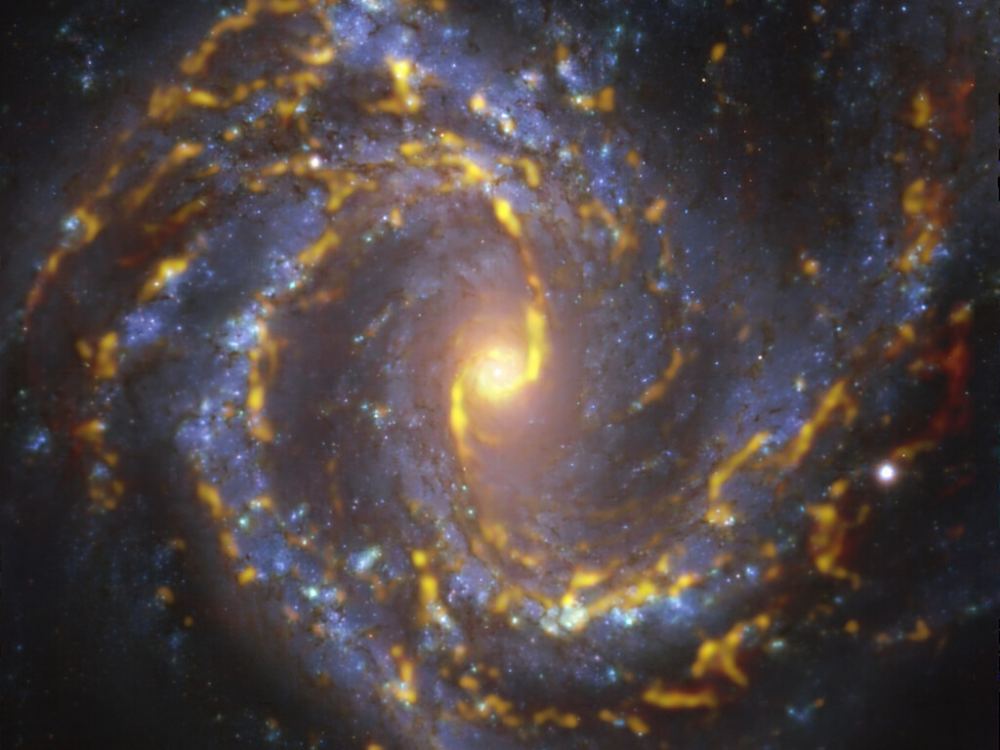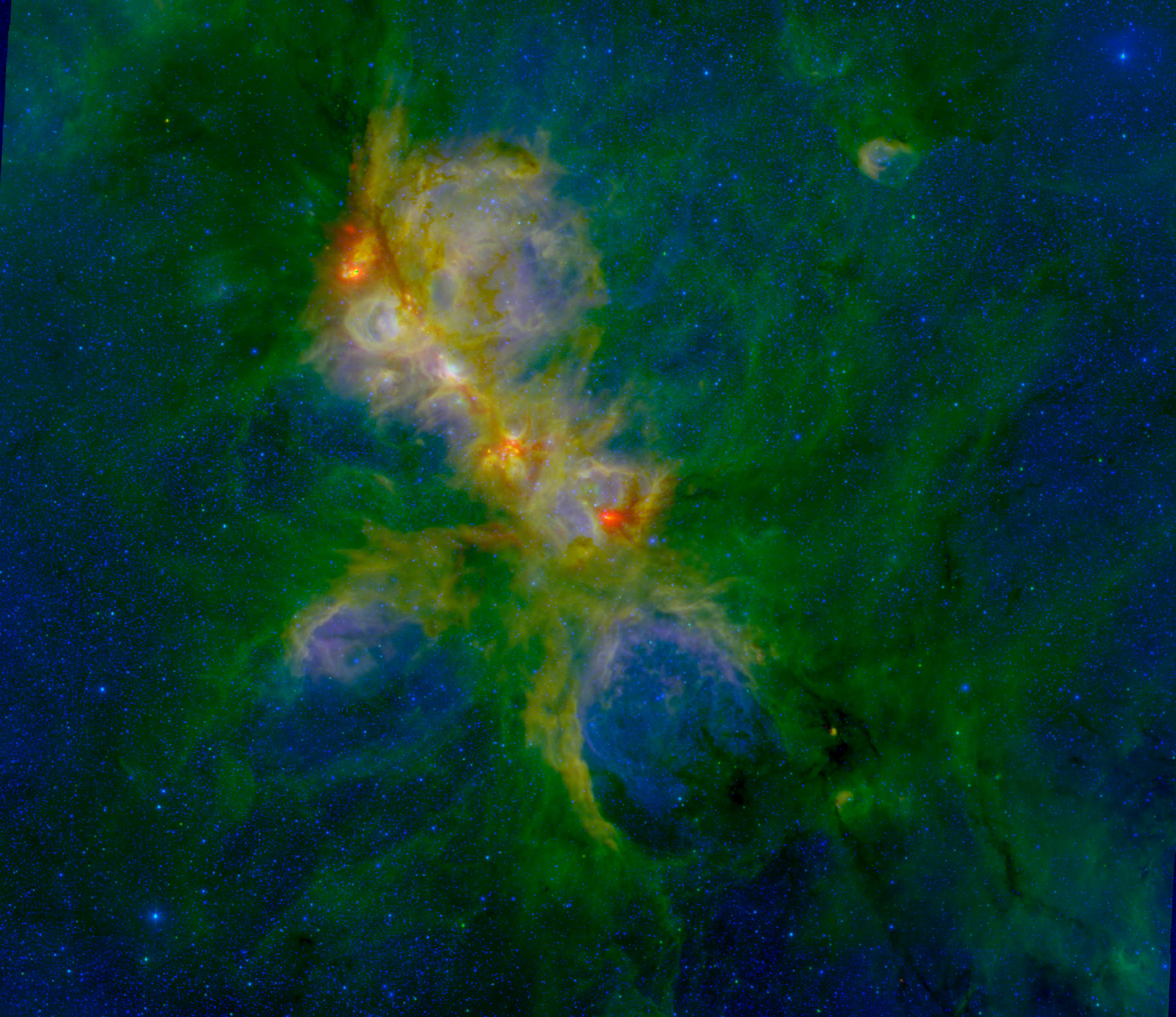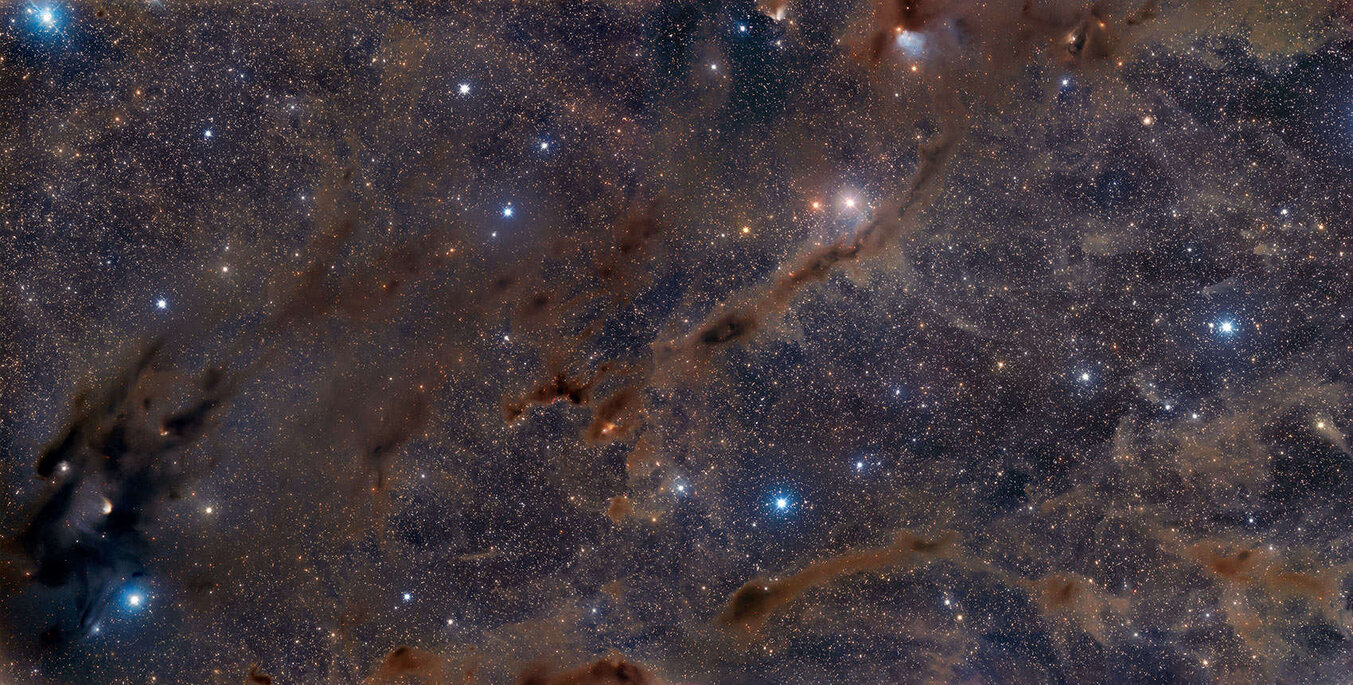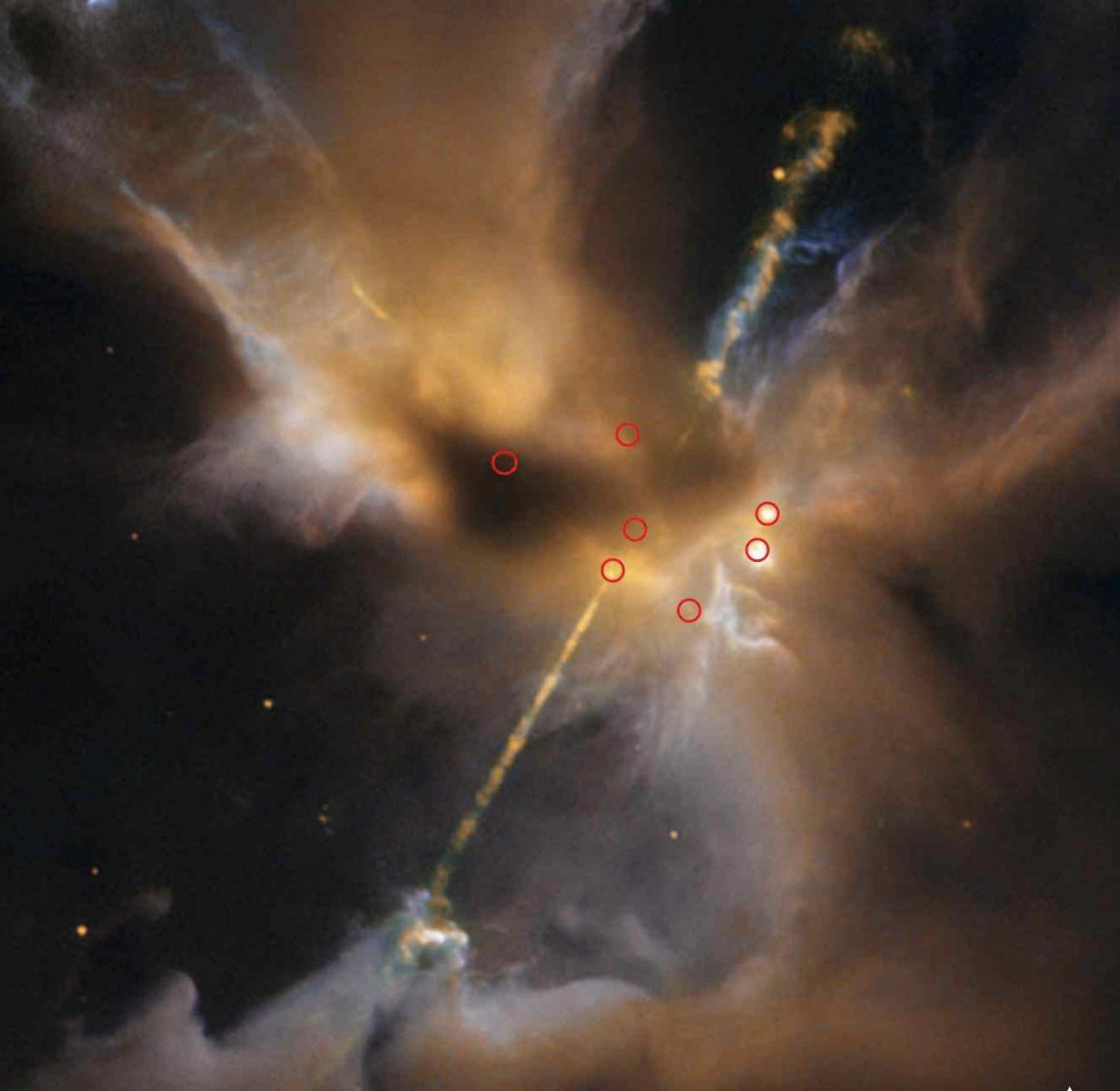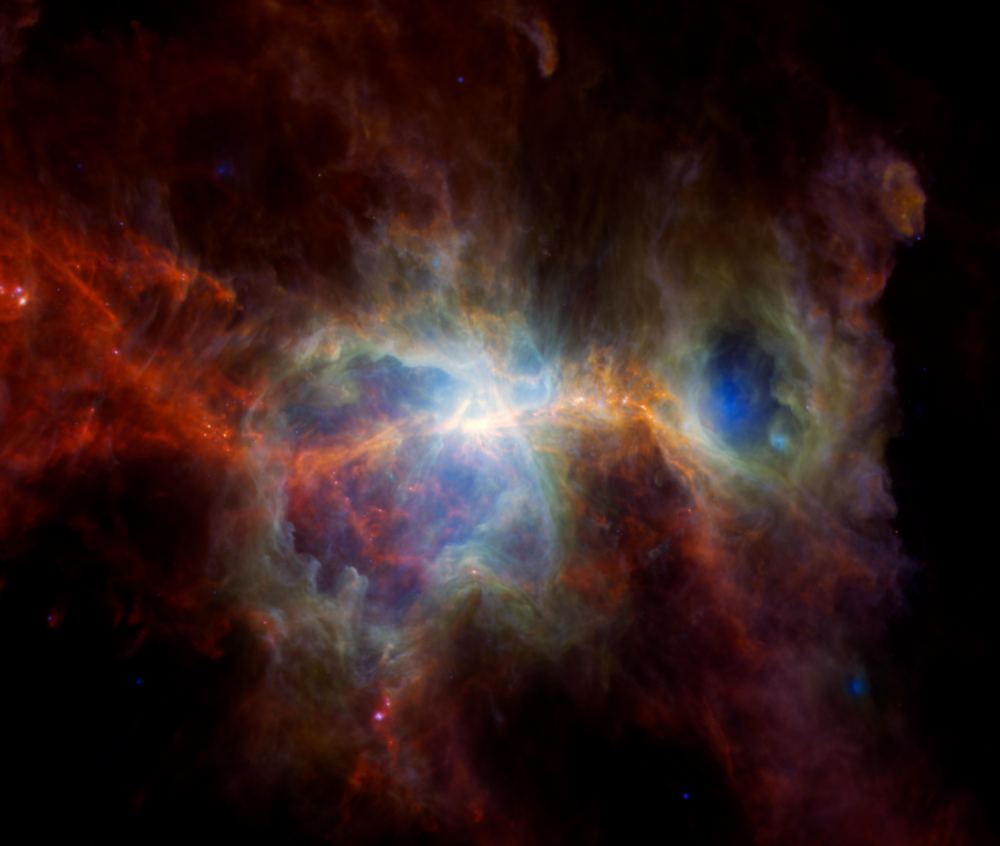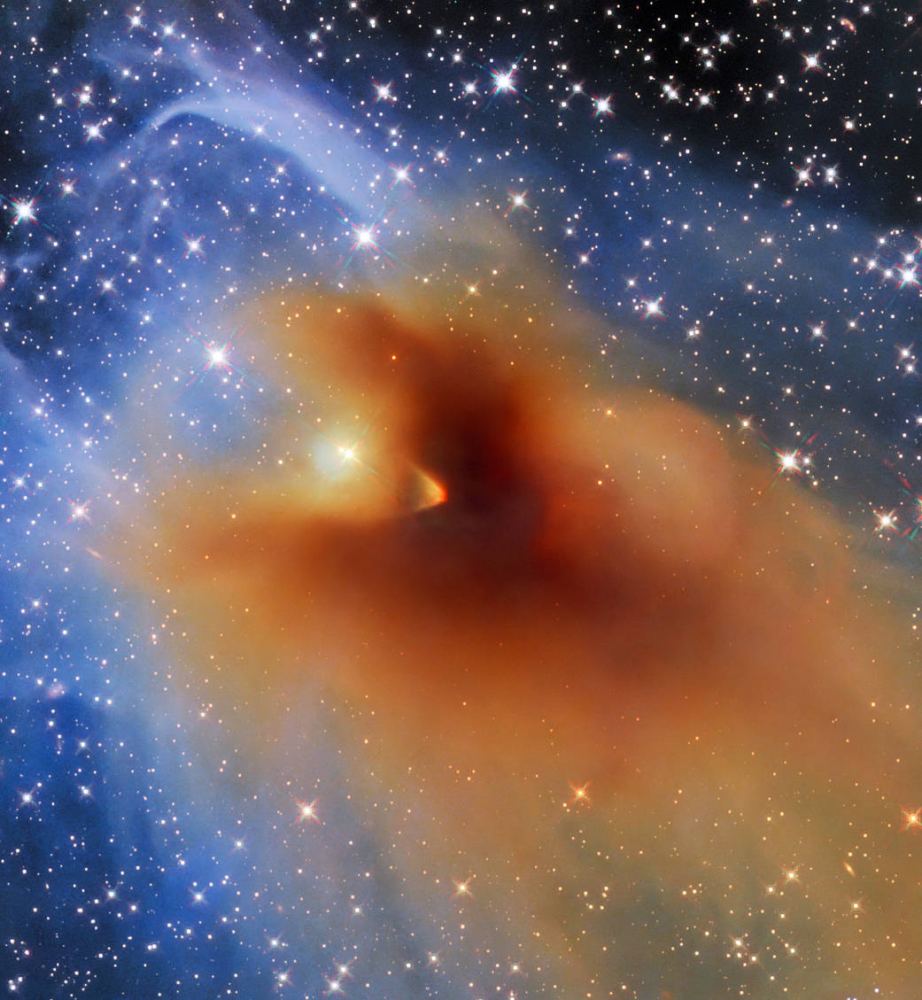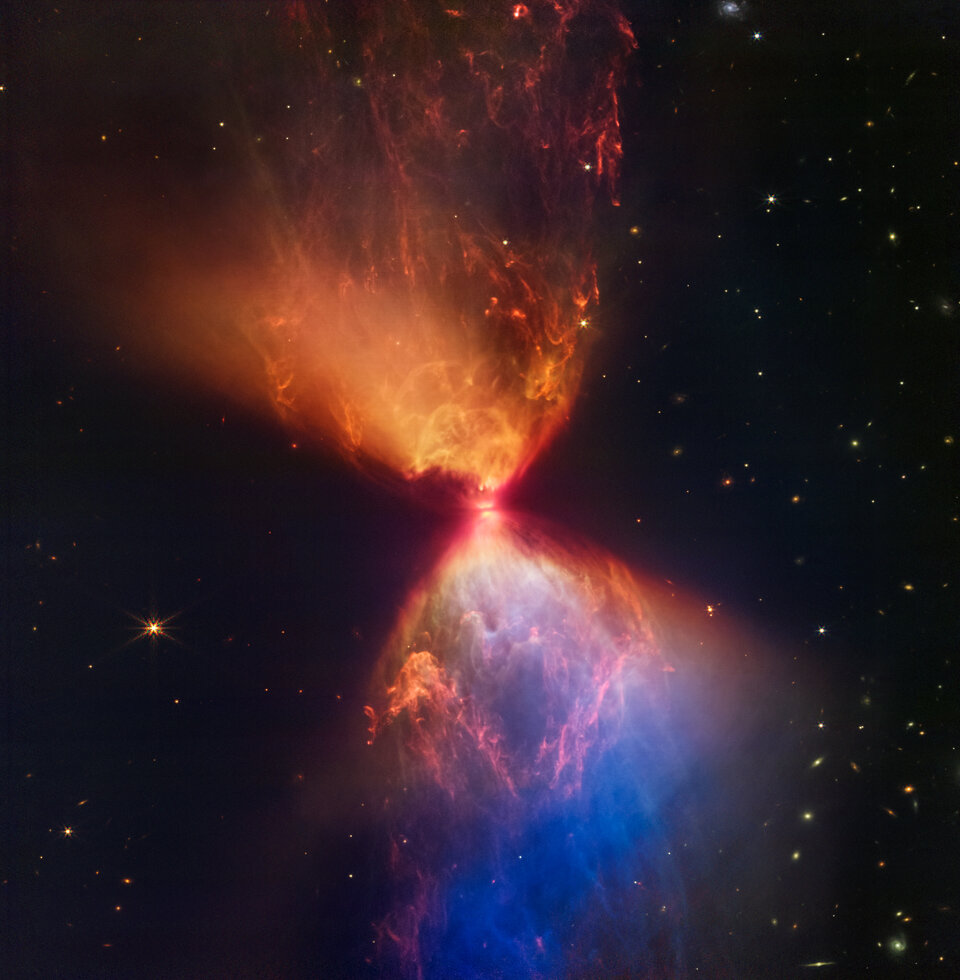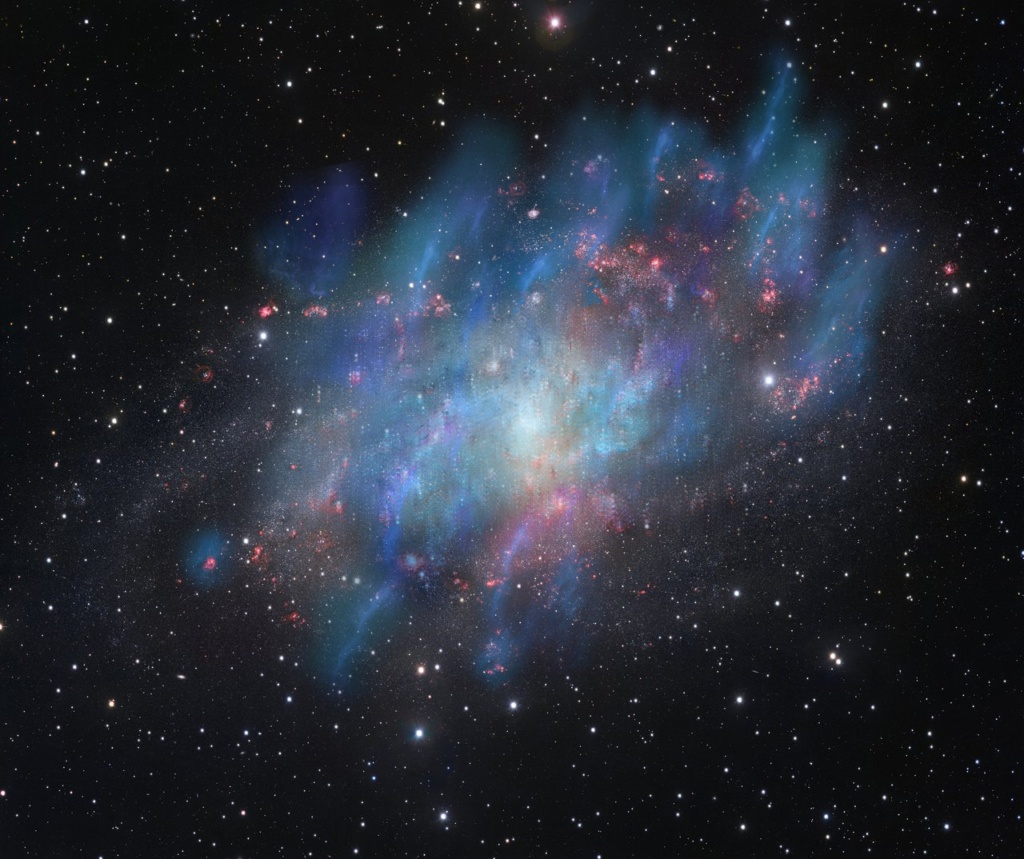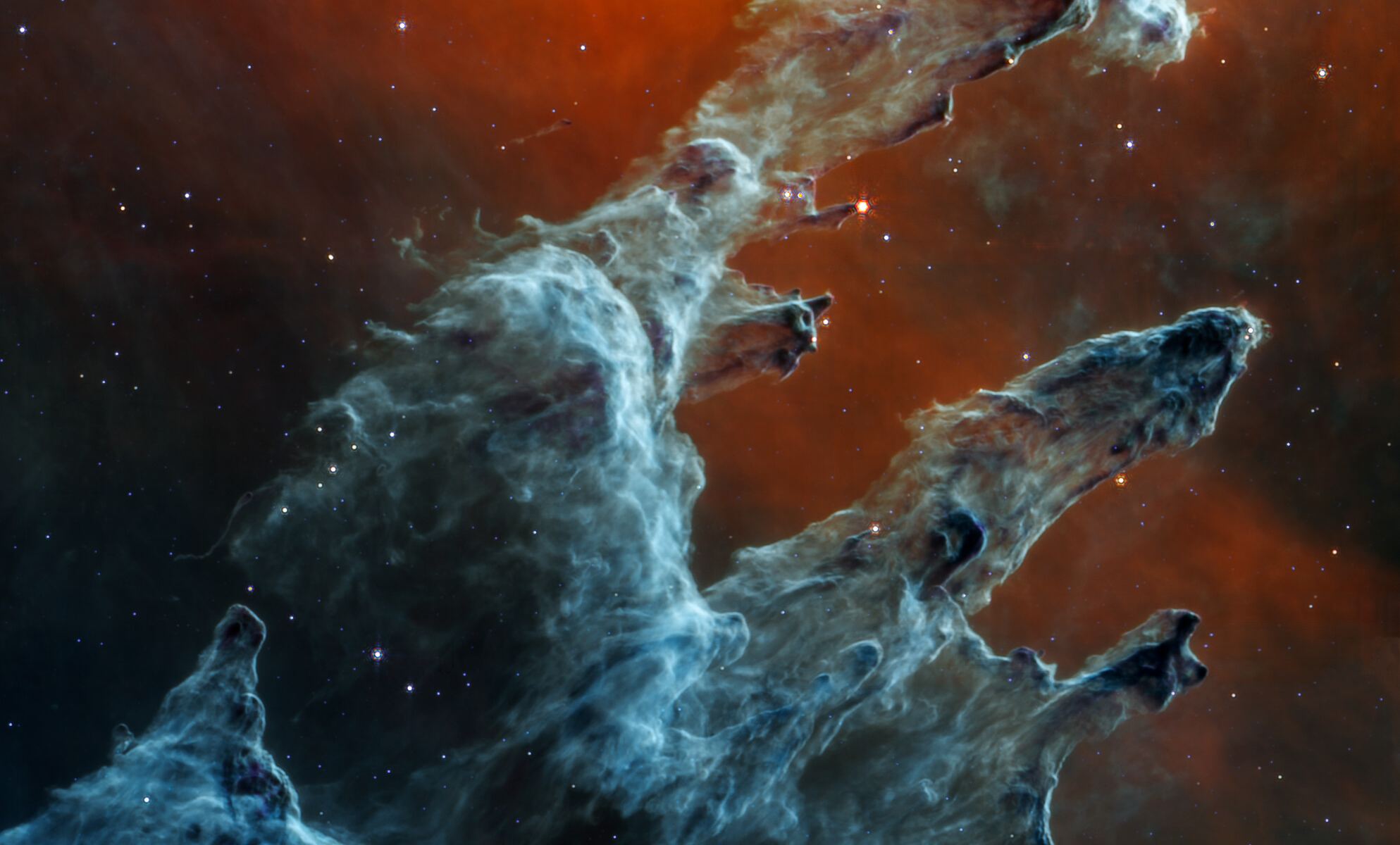Galaxies fill a lot of roles in the universe. The most obvious one is star formation factories. Without that activity, the cosmos would be a very different place. The European Southern Observatory and the Atacama Large Millimeter Array recently zeroed in on the galaxy NGC 4303. Their goal: to take a multi-wavelength view of its star formation activity.
Continue reading “Face-on View of Galaxy NGC 4303 Reveals its Arms are Filled with Active Star Formation”Face-on View of Galaxy NGC 4303 Reveals its Arms are Filled with Active Star Formation
